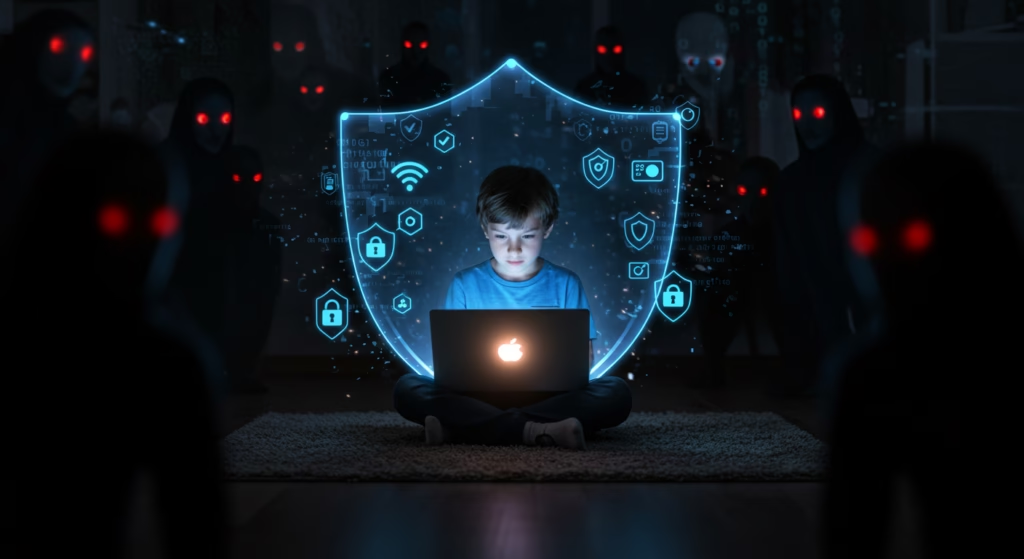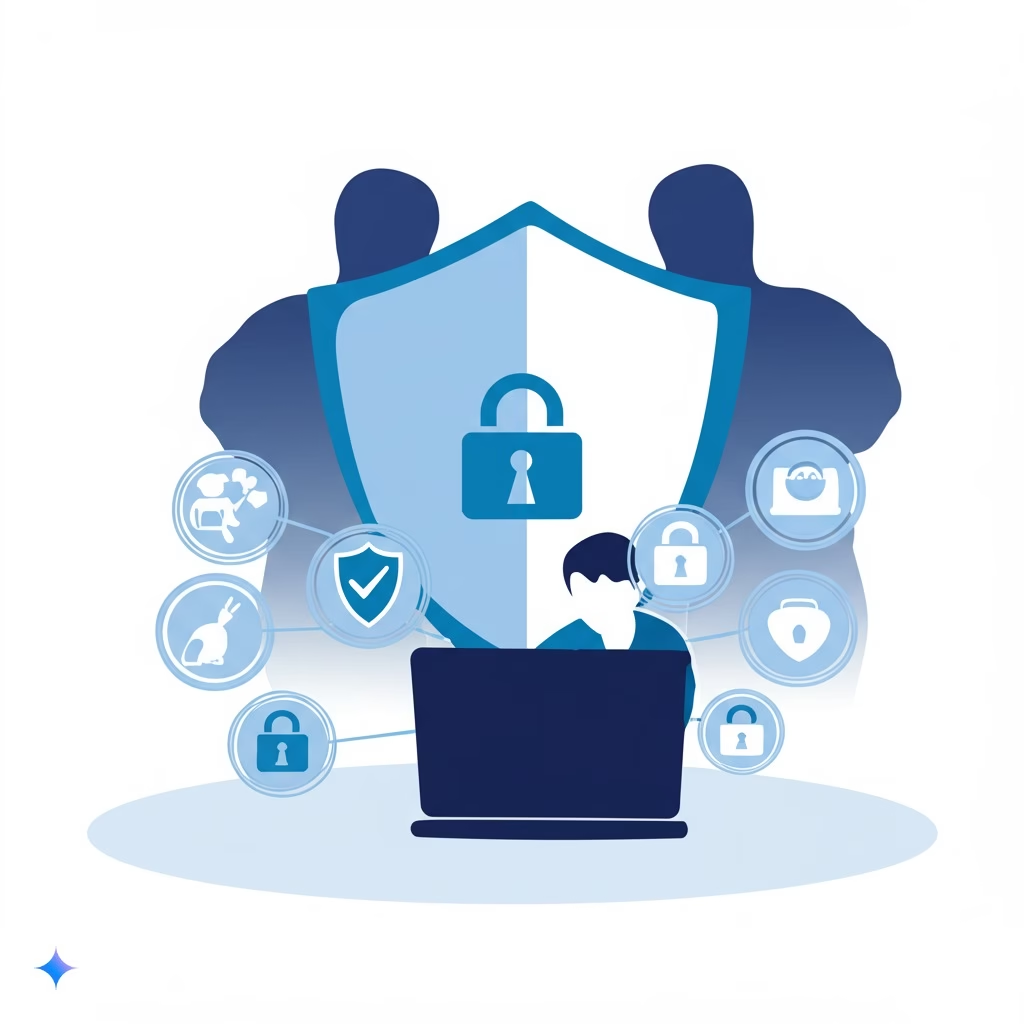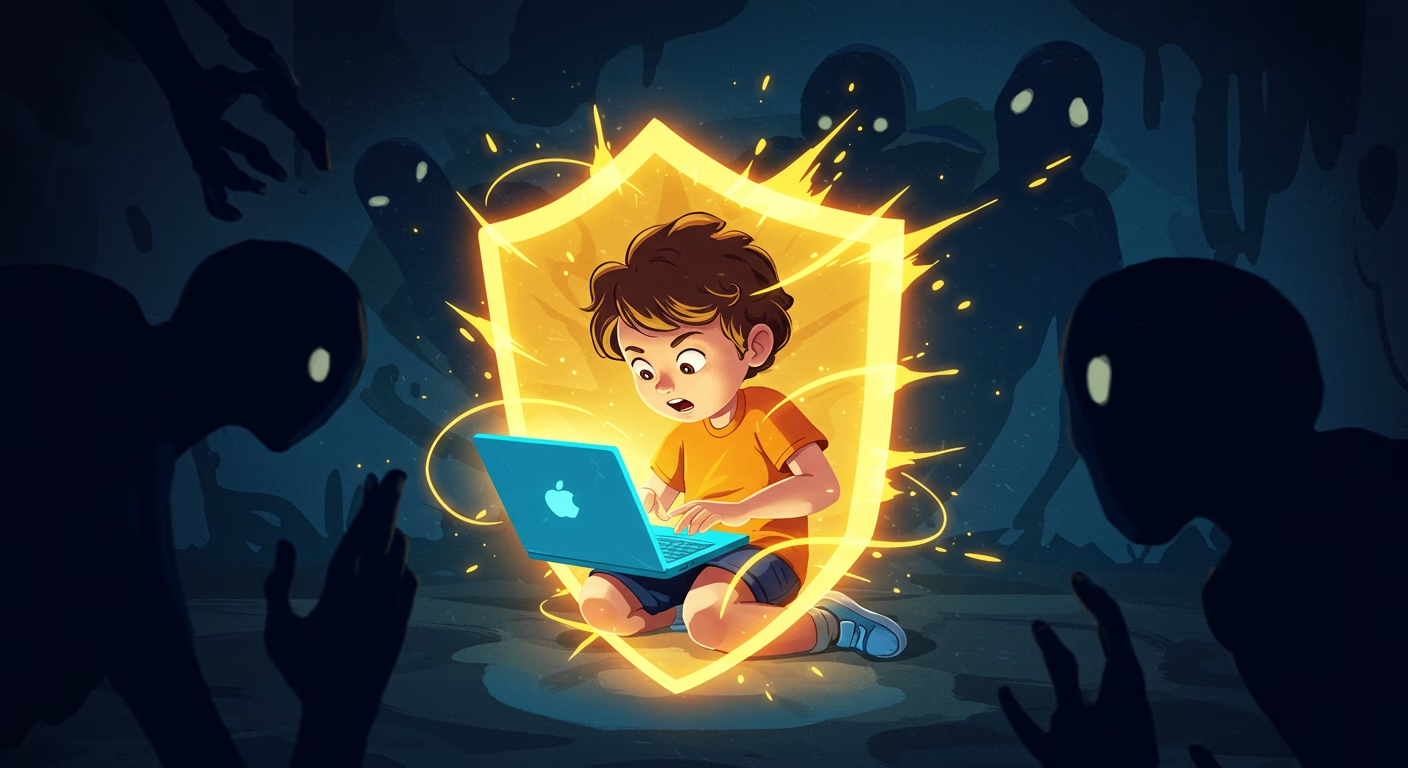Child exploitation online: protecting minors from predators
Online child exploitation is a pervasive and concerning issue that continues to pose serious threats to the safety and well-being of minors in the digital age. With the rapid advancement of technology and the widespread use of the internet and social media platforms, children are increasingly vulnerable to various forms of online exploitation, including grooming, sextortion, and trafficking. It is crucial for parents, guardians, policymakers, and technology companies to work together to protect children from predators and create a safer online environment for all minors. This article delves into the complexities of online child exploitation, explores the risks faced by children, discusses legal frameworks and responsibilities, and provides strategies for prevention and intervention.
Introduction to Online Child Exploitation
Overview of the Issue
Online child exploitation refers to the use of digital technology to harm, abuse, or exploit minors for the purposes of sexual gratification, trafficking, or other illicit activities. It is a disturbing reality in today’s interconnected world.
Impact on Minors and Society
The impact of online child exploitation on minors is profound and long-lasting, leading to psychological trauma, loss of trust, and potential physical harm. Moreover, it undermines the safety and well-being of society as a whole, creating a ripple effect of fear and vulnerability.
Understanding the Risks and Dangers Faced by Minors
Types of Online Exploitation
From grooming and sextortion to trafficking and cyberbullying, minors face a myriad of online threats that can jeopardize their safety and innocence. Predators often use cunning tactics to lure unsuspecting children into harmful situations.
Vulnerabilities of Minors in the Digital Age
In an era where technology is ubiquitous, minors are particularly vulnerable to exploitation due to their limited understanding of online risks and lack of experience in navigating digital spaces safely. Their innocence and curiosity can be exploited by predators seeking to take advantage of them.
Legal Framework and Responsibilities in Protecting Children Online
International Laws and Regulations
International laws and regulations play a crucial role in combating online child exploitation, providing a framework for cooperation among countries to prevent, investigate, and prosecute offenders. These legal instruments aim to hold perpetrators accountable and protect minors from harm.
Role of Law Enforcement and Reporting Mechanisms
Law enforcement agencies play a vital role in identifying and apprehending individuals involved in online child exploitation. Reporting mechanisms, such as hotlines and online platforms, empower individuals to report suspicious activities and seek help in safeguarding children from predators.
Strategies for Parents and Guardians to Safeguard Children
Communication and Education
Open communication and education are key to helping parents and guardians protect children from online exploitation. By discussing online safety, setting boundaries, and fostering trust, adults can empower minors to recognize and respond to potential dangers.
Monitoring and Supervision Techniques
Utilizing monitoring tools, setting parental controls, and supervising children’s online activities are effective strategies for preventing online exploitation. By staying informed and actively involved in their children’s digital lives, parents and guardians can create a safer online environment for minors.
Role of Technology and Social Media Platforms in Preventing Exploitation

Technological Solutions and Tools
In the digital age, technology plays a crucial role in safeguarding minors from online predators. From content filters and monitoring software to artificial intelligence algorithms that detect suspicious activities, there are various tools available to enhance online safety for children.
Platform Policies and Safety Features
Social media platforms and websites also have a responsibility to protect minors from exploitation. By implementing strict policies against inappropriate content, enforcing age restrictions, and providing safety features like privacy settings and reporting mechanisms, these platforms can create a safer online environment for young users.
Recognizing Signs of Online Predation and How to Report
Behavioral Indicators of Online Predators
It’s essential for parents and guardians to be aware of the warning signs of online predation, such as secrecy about online activities, receiving gifts or money from unknown individuals, and sudden changes in behavior. By recognizing these indicators, caregivers can take proactive steps to protect their children from potential harm.
Reporting Procedures and Support Resources
If you suspect that a minor is being targeted by an online predator, it’s crucial to report the incident to the relevant authorities or child protection organizations immediately. Additionally, there are various support resources available, such as helplines and counseling services, to assist both victims and their families in coping with the aftermath of exploitation.
Collaborative Efforts in Combating Online Child Exploitation
Partnerships between Government, NGOs, and Tech Companies
Addressing online child exploitation requires a collaborative approach involving government agencies, non-governmental organizations (NGOs), and tech companies. By working together, these stakeholders can share expertise, resources, and data to develop more effective strategies for preventing and combating online predation.
Data Sharing and Information Exchange Initiatives
Initiatives that promote data sharing and information exchange among different stakeholders can help in identifying and tracking online predators more efficiently. By establishing secure channels for sharing intelligence and collaborating on investigations, law enforcement agencies and tech companies can enhance their efforts to safeguard minors from exploitation.

Common Signs a Child May Be a Victim of Online Exploitation
Children may not always vocalize their experiences, but behavioral changes can signal danger:
- Secretive Behavior: Suddenly hiding screens, deleting messages, or creating secret accounts.
- Emotional Shifts: Withdrawal from family/friends, unexplained anger, anxiety, or depression.
- Inappropriate Knowledge: Using sexual language or discussing topics beyond their age.
- Gifts or Money: Receiving packages, money, or gifts from unknown sources.
- New “Friends”: Mentioning older online friends or becoming overly attached to a stranger.
- Sleep or Academic Changes: Staying online late, falling grades, or loss of interest in hobbies.
How Parents and Guardians Can Protect Children
Proactive measures are key to safeguarding minors:
- Open Dialogue: Foster trust by discussing online risks without judgment. Encourage kids to report suspicious interactions.
- Education: Teach them to never share personal details (address, school) or meet strangers offline.
- Parental Controls: Use filters to block explicit content, monitor app usage, and set screen time limits.
- Privacy Settings: Ensure social media accounts are private and disable location sharing.
- Know Their Apps: Regularly review the platforms they use (e.g., TikTok, Discord) and their safety features.
- Model Behavior: Demonstrate healthy online habits and avoid oversharing about children publicly.
The Role of Social Media and Tech Companies
Platforms and tech giants must prioritize child safety through:
- AI Detection: Deploy tools to flag grooming language, explicit content, or suspicious accounts.
- Age Verification: Implement robust checks to prevent underage users from accessing adult content.
- Content Moderation: Remove exploitative material swiftly and report cases to authorities like the National Center for Missing & Exploited Children (NCMEC).
- Safety Features: Offer options to limit stranger messaging, restrict live streaming, and provide in-app reporting tools.
- Collaboration: Partner with NGOs and law enforcement to track predators and share data responsibly.
What to Do If You Suspect Exploitation
Act immediately to protect the child:
- Document Evidence: Save screenshots, messages, or URLs without altering the content.
- Report to Authorities:
- File a report with NCMEC’s CyberTipline (www.cybertipline.org).
- Contact local law enforcement or child protective services.
- Notify the Platform: Flag abusive accounts or content for removal.
- Seek Support: Connect the child with a therapist or counselor specializing in trauma.
- Avoid Confrontation: Never engage the predator directly—leave investigations to professionals.

Conclusion: A Collective Responsibility
Protecting children online requires vigilance from parents, tech companies, and communities. By recognizing red flags, fostering open communication, and demanding accountability from platforms, we can create a safer digital world. Share this post to raise awareness—every action counts in shielding minors from harm.
Call to Action: Subscribe to our newsletter for more resources on digital safety, or download our free guide to parental control tools. Together, we can #StopOnlineExploitation.
You may like this Article AI Education Revolutionizing Learning and Teaching

Comments are closed.